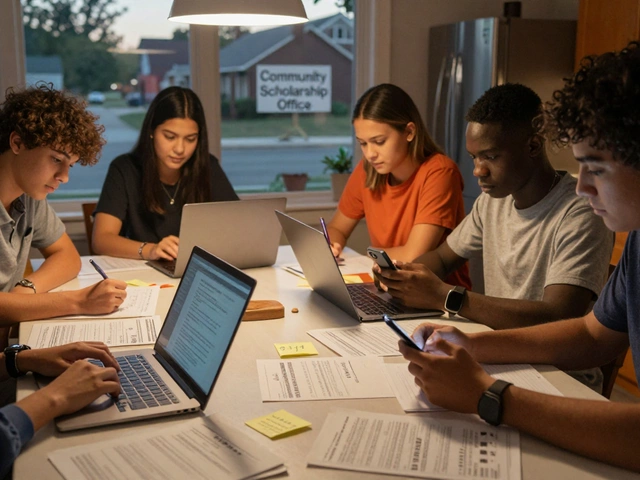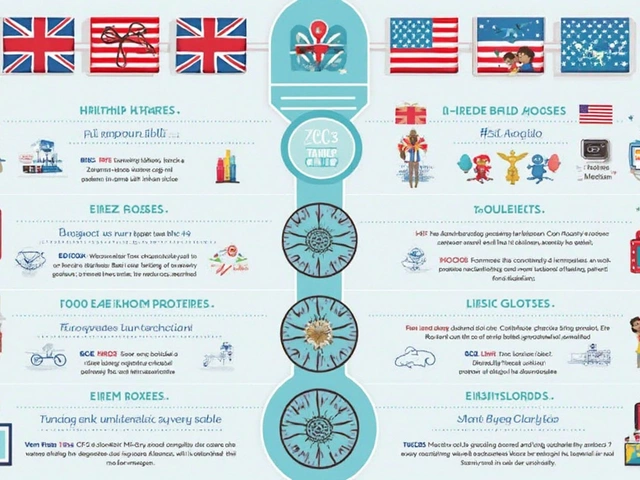Inclusive Teaching: Practical Tips and Real‑World Examples
If you want every student to feel welcomed and succeed, inclusive teaching is the way to go. It’s not a buzzword – it’s a set of everyday actions that help learners of all abilities thrive together.
Start with Simple Adjustments
Look at your lesson plan and ask: "Can a student with autism or a reading challenge follow this?" Small changes, like clear visual cues, short instruction chunks, and optional written guides, make a huge difference. For example, the article "Autism Mannerisms: Understanding Unique Behaviors and Communication" shows how recognizing stimming can help you keep the class focused without singling anyone out.
Another quick win is offering choices. Let students pick between a video, a short reading, or a hands‑on activity to demonstrate the same concept. This respects different learning styles and keeps engagement high.
Use Differentiated Instruction Wisely
Differentiation doesn’t mean you have to create separate lessons for each learner. It’s about flexible groups, tiered tasks, and adjustable difficulty. The post "Special Needs Behavior Example: Recognizing and Supporting Key Challenges in Children" gives a clear picture of how a simple behavior cue can signal a need for a different task level.
Try a three‑tier system: basic, intermediate, and extension. All students work on the same core idea, but the depth varies. You’ll notice faster learners stay challenged while those who need more time aren’t left behind.
Remember to check in regularly. A quick "thumbs up/down" after an activity tells you if the pace is right. Adjust on the spot – it’s easier than rewinding a whole lesson later.
Inclusive teaching also means setting up the physical space for accessibility. Keep aisles clear, use seating that can be rearranged, and ensure any digital content has captions or transcripts. When you pair these basics with the strategies from our featured articles, you build a classroom where everyone feels valued.
Finally, celebrate diverse strengths. Acknowledge a student’s creative solution, a peer’s helpful explanation, or a quiet learner’s insightful question. Recognition fuels confidence and encourages peers to support each other.
Inclusive teaching isn’t a one‑time project – it’s a habit you develop with each lesson. Use the resources on this page, experiment with the tips, and watch your classroom become a place where every learner can succeed.






